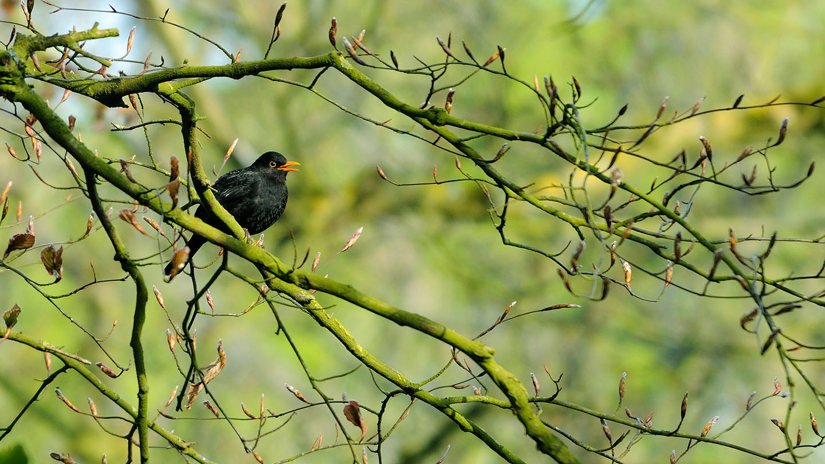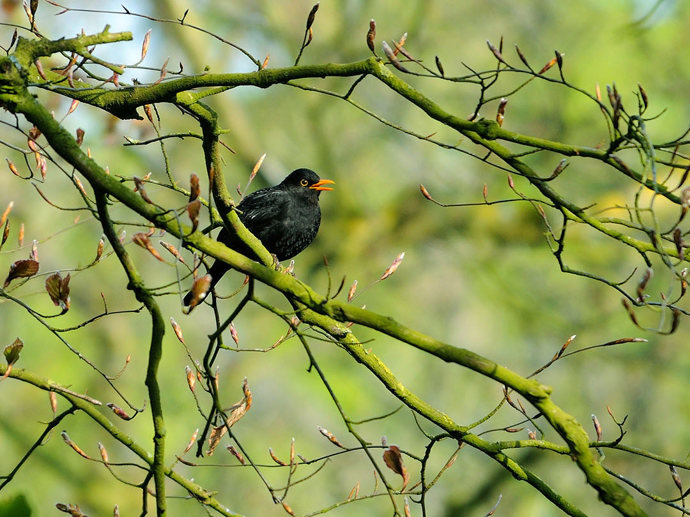Common name(s): nightingale
Scientific name: Luscinia megarhynchos
Family: Turdidae (chats and thrushes)
Habitat: scrub and coppice woodland
Diet: invertebrates
Predators: raptors and mammals
Origin: native
Nightingales are relatively dull in colour but they are famed for their rich and distinctive song.
Common name(s): nightingale
Scientific name: Luscinia megarhynchos
Family: Turdidae (chats and thrushes)
Habitat: scrub and coppice woodland
Diet: invertebrates
Predators: raptors and mammals
Origin: native
Nightingales are predominantly brown with a few slight grey areas, a white-grey throat pale underparts with a grey tinge to them. Their wings and tail are light brown in colouration with no distinct markings.
Nightingales feed on invertebrates like flies and beetles.

Credit: Buiten Beeld / Alamy Stock Photo
Breeding occurs between April and June, during which time four to five eggs are laid. The nest is constructed with leaves as well as grass, usually at ground level. Chicks will fledge when they are around 12 days old.
Yes, nightingales arrive in the spring when they come to breed. The nightingale will start its migration back to their wintering grounds from July to September.


External link
Record the comings and goings of key feathered friends and help scientists track the effects of climate change on wildlife.
A migratory bird which arrives in spring, it can be found in the south east of the UK in areas of thick vegetation, such as bushes and scrub as well as coppice woodland.
Nightingales are very secretive birds but keep a keen ear out for their distinctive song between April and June.